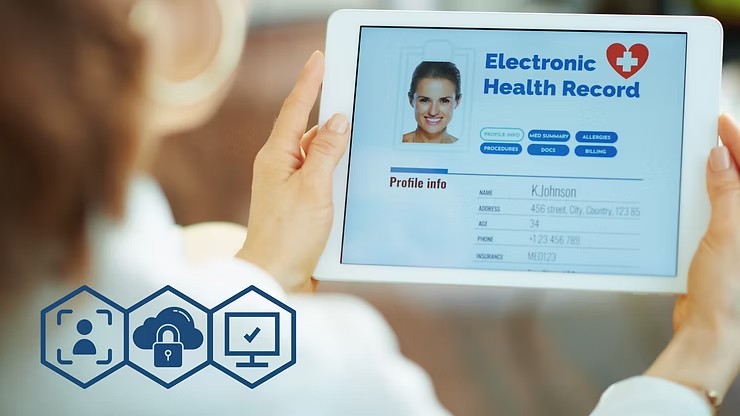
In today’s digital age, healthcare organizations are holders of some of the most sensitive data, protected health information (PHI). As cyber threats become more sophisticated, safeguarding this is not just a regulatory requirement but a critical component of patient trust and care quality. Enter Zero Trust Architecture (ZTA), a security framework that is transforming how healthcare IT systems protect against breaches and unauthorized access.
Why Zero Trust is Essential for Healthcare
Traditional security models operate on the premise that everything inside an organization’s network can be trusted. However, this assumption is decaying in an era where cyberattacks are more frequent and complex. Healthcare data breaches can lead to severe consequences, including hefty fines under HIPAA, legal repercussions, and irreparable damage to an organization’s reputation. Zero-Trust Architecture addresses these challenges by fundamentally changing how access is granted and monitored within healthcare IT environments.
Key Components of Zero-Trust Architecture in Healthcare
Benefits of Adopting Zero Trust in Healthcare
Implementing Zero Trust Successfully
Transitioning to Zero Trust Architecture requires a strategic approach and a deep understanding of the organization’s unique security needs. Collaborating with cybersecurity experts like Inspire Security Solutions can facilitate this process by conducting comprehensive risk assessments, deploying advanced monitoring tools, and fostering a culture of security awareness among staff. By prioritizing continuous verification and adopting a proactive stance on cybersecurity, healthcare organizations can effectively protect sensitive patient information and maintain the integrity of their IT systems.
Conclusion
In an era where cyber threats continuously evolve, adopting Zero Trust Architecture is not just a strategic advantage—it’s becoming a necessity for healthcare organizations committed to protecting sensitive patient information and maintaining high standards of care. By embracing Zero Trust, healthcare providers can ensure strong security, achieve regulatory compliance, and foster a trustworthy environment for both patients and staff.